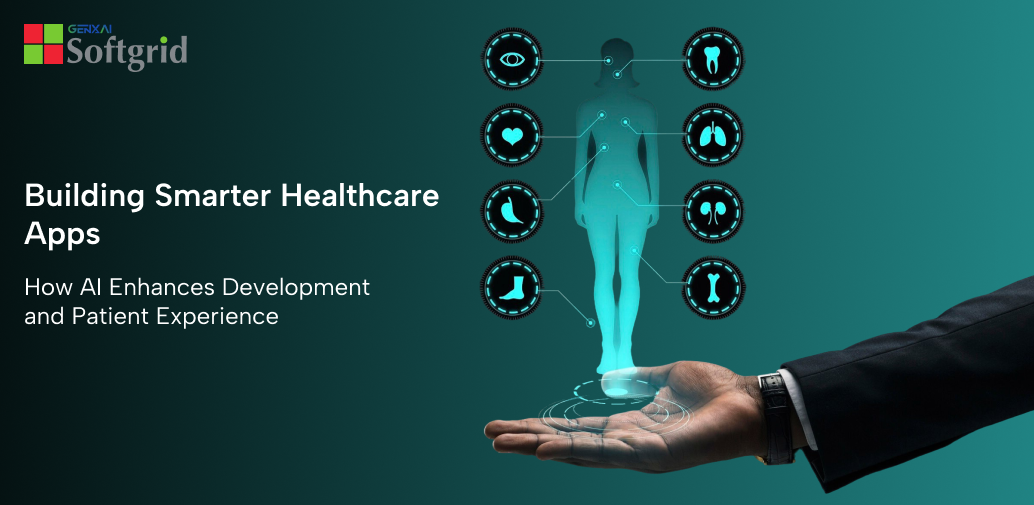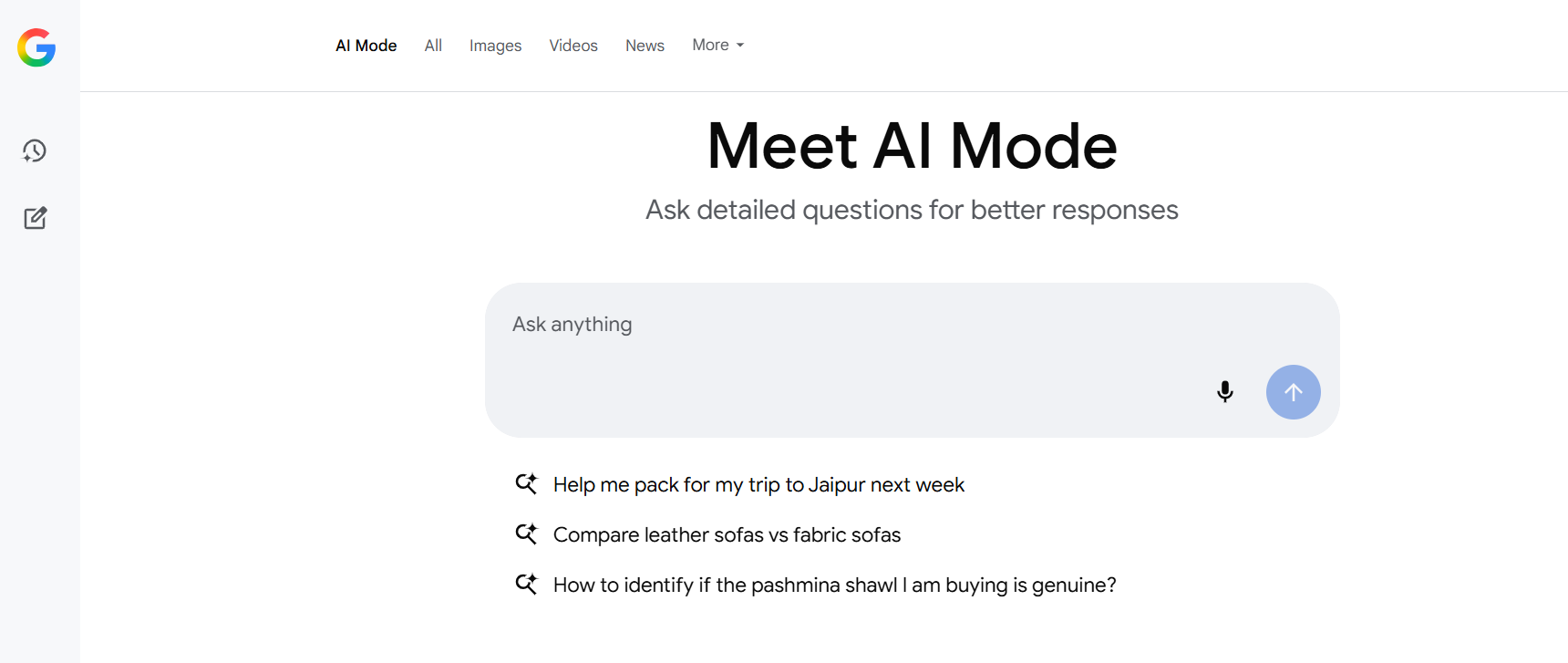The covid-19 pandemic has forced the healthcare industry to bring upon several changes in the process of treatment. During the pandemic, mass patients have been provided treatment in their homes and have got cured without visiting the hospital. There are many elderly patients in every region of every country who are not able to properly walk or visit any other location for treatment and check-ups. It has also been studied and found that the older age group hate visiting the hospital and clinics often and would prefer treatment while staying in their home. The home for elderly people serves as a space for comfort and healing, it has also been noticed by expert doctors that elderly people have a better acceptance to critical treatment when given in their safe space which is their own house.
By statistics, it can be noticed and has been proven during the pandemic that not every patient would be having the necessity to get admitted in the hospital or visit the other medical facilities often. The patients who would be in a very critical and sensitive condition requiring multiple machine supports have the utmost requirement to be treated in the environment of a hospital or other medical facility. It is possible to offer treatment to other common disease-ridden patients in their homes with the right kind of setup of equipment and proper monitoring. But anyone who would be receiving treatment in their home and would be in a healing process needs to be under a professional umbrella from where the home treatment process needs to be structured. Otherwise, the home treatment process won’t be highly beneficial for the patient as it could have been in a hospital setup.
Experts have stated that hospital at home models are rather new and innovative that has a greater technological aspect requiring precise implementation. The models are still in an early stage and medical practitioners are still learning the ideal framework of hospital care at home. The virtual care division is a crucial fragment of at-home treatments where daily monitoring and patients vital checks are done remotely by doctors without visiting the patient in person. The Telehealth and telemedicine policies of treatment serve as a mode of the hospital at home. Various healthcare organizations are working together in shaping new models of at-home treatment which are not only practically executable but also will have a better patient experience.
The hospital-at-home treatments are a distinct path that doesn’t serve as an additional model to in-person visits from doctors and nurses and is being established as independently as possible by healthcare organizations. The treatment which a person receives from the hospital at home models a more personalized structure of treatment which can have more benefits and a better healing process in much less time. The health organizations also have the parametric and segregating task of identifying which patients qualify to adapt with the hospital at home models.
The patients should also be involved in this decision process along with the appointed doctors, this would keep the healthcare model much better in terms of consent and patient cooperation. The right schedule of connection needs to be maintained by doctors in the hospital at home models otherwise the chances of the treatment model being unsuccessful increases. This has also been noticed that in the hospital at home models various patients have been able to have a more casual behaviour letting the doctors get to the root cause of the disease.
Proper management of the implementation progress and testing of the hospital at home models
The hospital at mode model will require the proper setup at both the hospital authorities end and the patient’s end. So the correct checklist of the required equipment by each patient with different diseases needs to be prepared and executed. Sometimes to execute the hospital at home model a technological expert needs to visit the patient’s house at least once to deliver any necessary medical equipment and show the correct use of it. Several healthcare devices are coming into the industry to make the remote monitoring process less complicated. Now, these devices should be properly installed for getting remote readings on the patient’s vitals and have a scheduled checkup through video conference and Telemedicine.
The whole process of remote monitoring through video conference and data analysis involves a super-strong broadband connection with advanced electronic gadgets. So this is where the need for testing arises otherwise the crucial time of doctors is going to be wasted due to poor connectivity or equipment faltering reasons. The process of the hospital at home is under constant field development to make the process smoothly working without any blocks and defects in the models. If the whole process is implemented after essential testing and trials then difficulties arise less letting the doctors and patient have an easy conversation resulting in proper monitoring and treatment. The collection of feedback from the medical staff and patients involved in the process also accounts for sustainable developments of the hospital at home models.
The feedback can be easily analyzed with the help of modern Healthcare IT infrastructure which can be further implemented in the hospital at home structure to make the model fault-free and efficient for extensive use. The test process can happen on a broad scale in large hospitals but the small scale hospitals need to have one or two-unit participation at least before venturing out in an extensive process of remote healthcare facilitation. The unit’s selection in the test process is advised by experts to be chosen for a different disease or health issues which would help in a better sampling process and extensive study.
The hospital at home models will be functioning much better if several healthcare organizations host the process together with a common platform to exchange experiences and information. This joint functionality would help in making the hospital at home process develop at a much greater pace and reach the point of getting easily deployed by any healthcare establishment all over the world. Prior training of the medical staff for getting sufficient knowledge on the process of hospital at home is highly important. The campaigns which would happen with public participation will serve as the promotional models of hospital at home processes. When more and more medical executives along with patients become educated about the hospital at home processes, it will become much easier for the healthcare authorities to maintain the remote models with daily functionality.
The presence of family and the cost management for declining patients
The home environment that the patients get through hospital at home models is very different from the conventional hospital bed treatment that is offered by the healthcare facilities. The biggest support that a patient will get at home is emotional support from family members. In the hospitals, the patient’s relatives might not be allowed to visit the cabin all the time but in the patient’s own house the family can stay in close contact all the time except for diseases like covid where the patient has to remain in isolation. Many critical patients might still require a professional nurse to be present at the house to offer the medical help that only trained professionals will be able to provide.
The independence and familiarity that the house environment provides to the patient not only helps in quicker healing but also lets the person slide back into the daily routine at the house. The mental health of a patient also serves a big role in the treatment process and when the treatment happens in the comfort zone of the patient the benefits are often noticeable by the assigned medical professionals. Many patients do face a certain point of health from where the doctor cannot offer any higher level of treatment, these patients are often put under the hospital at home facility because staying at the hospital only increases the chances of contracting further viruses or diseases and also makes the patient feel lonely for a very long period.
The discipline of correctly timed medicines and meals needs to be maintained around the house when the patient remains at home for treatment. The alert systems of the smart healthcare gadgets can work as an alert system set by the professional doctors for reminding the medicines and any self-testing procedure which might be needed daily to send the vitals to the hospital staff. Patients who get diagnosed with certain diseases that involve huge expenditure for treatment might be able to reduce the daily cost by getting involved in a suitable model of hospital at home.
Certain old patients too who reach the end of their treatment and have no further mode of treatment available are shifted into the hospital at home model for the suitable living of the days that are still left for the person. At the hospital, the clinicians and nurses operate in a conventional rule-based model that is not always perfectly suitable for every kind of patient, so getting remote treatment at home allows the patients to receive a more flexible treatment that is well personalized. The covid-19 has taught the importance of remote patient healthcare all over the world and has brought in more focus of the IT industries too in developing more efficient technological systems for building a stronger and flexible healthcare system.
Endnote on home treatments
The availability of the hospital beds does get better when the remote treatment models are applied but as explained here, there are even other aspects to the at-home treatments. The pandemic situation has put immense pressure on the medical infrastructure and led to adaptation with every form of technological help available including AI-empowered healthcare systems and telemedicine facilities. But this doesn’t mean that healthcare facilities won’t be depending on it during times when the pandemic won’t be effective. The models like ‘hospital at home’ is here to stay and are going to be developed further into a more suitable structure to be used even by the small scale hospitals and medical facilities.

 Web and Full Stack
Web and Full Stack CMS and Frameworks
CMS and Frameworks Online Marketing
Online Marketing Cloud Services
Cloud Services ECommerce
ECommerce Mobile
Mobile




